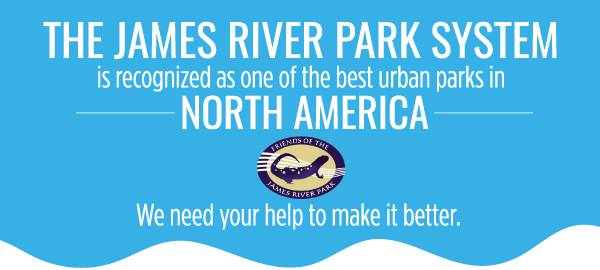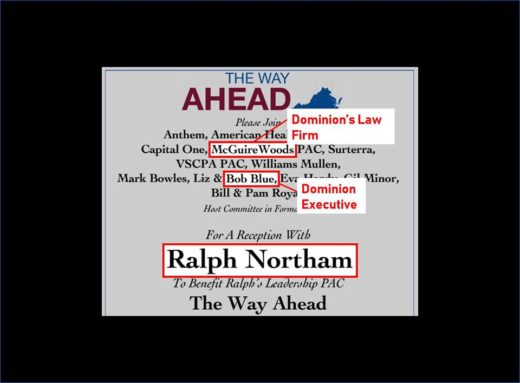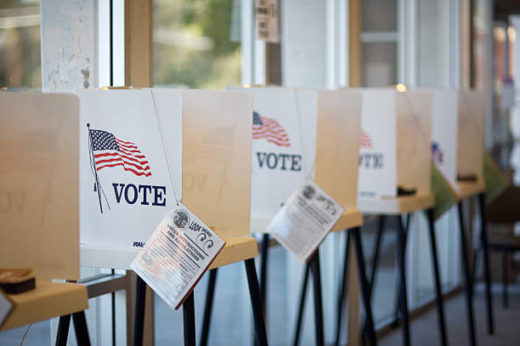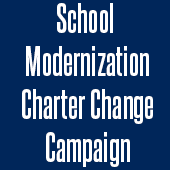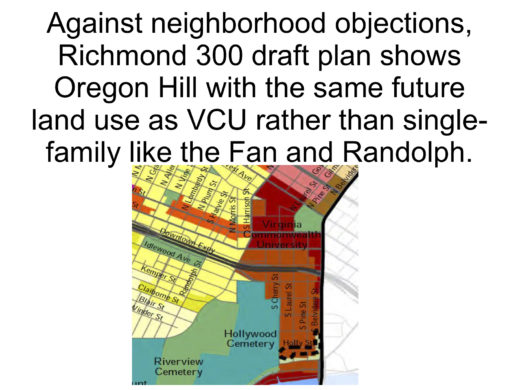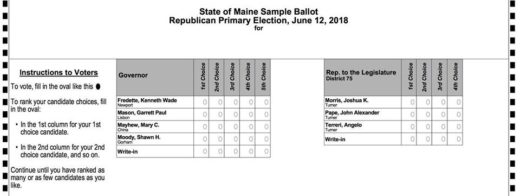I have been meaning to do this post for a while and the start of the year seems to be a good time to actually get it done… I have done a little bit of surveying with neighbors, but some things, frankly, have not changed…
1. Establishing an anti-demolition City overlay for the neighborhood- how to protect historic assets and character took on new emphasis and concern with what happened with the 800 block of W. Cary Street this past year. This could be a precursor for making Oregon Hill an official City Historic District.
2. Establishing a signed, binding agreement that VCU will not encroach into Oregon Hill any further. Note: VCU administration shamefully refuses, despite having agreements with other neighborhoods and even foreign countries. The disrespect is intolerable and distrust remains.
3. Encouraging more neighborhood contacts and social connections. Many neighbors, especially new ones, want better ways to get to know the people who live around them. Oregon Hill has traditionally been seen as very ‘tight-knit’, but it has also seen many residents come and go. More public events geared towards the neighborhood that are family friendly and inclusive- think block parties with performances and attractions. Who remembers the pony rides? How about an annual neighborhood-wide yard sale?
4. Advocating for brick sidewalk repairs. Yes, we need to make sure our historic brick sidewalks are brought back to acceptable standards and maintained that way.
5. Getting new trees for tree wells and elsewhere (including Monroe Park!)
6. Ending the lease for the Monroe Park Conservancy and returning the park to public (City) control. Despite all the changes, Monroe Park has historically been and will always be one of Oregon Hill’s parks. Let’s not allow anything like ‘the Conservancy’ to happen to any more of our parks.
7. Public trash/recycling receptacles. With all the foot traffic that the neighborhood gets with its proximity to the river, it’s important that more public trash/recycling receptacles are made available.
7. More litter clean ups. In the past, we have had volunteer neighborhood leaders work with the City and other groups like VCU Green Team and RVA Cleansweep to do community litter pick ups. We need new blood to step up to coordinate these efforts.
8. Encouraging more proper recycling. While I am confident that Oregon Hill has a better than average recycling percentage per household than many other places, we can always do better- part of that is making sure recycling receptacles are kept out of sidewalk right aways when not awaiting collection.
9. Potholes- despite the City’s efforts, there are still a few spots where potholes are a constant problem- especially in some of our alleys.
10. Neighborhood watch/porch pirate prevention- thankfully the neighborhood is relatively safe, but there are still very serious concerns about interlopers. One problem we have seen more of in recent years is porch piracy- the stealing of package deliveries and porch items.
Some other worthy topics:
Better traffic enforcement
More park renovations and improvements for parks, including Holly Street Playground
More enforcement of dog poop pickup
More engagement with landlords about rental properties
Bike lanes
More small businesses that cater to the neighborhood
Fire safety/disaster preparedness
And of course, I will put in a word for more solar in the neighborhood…


